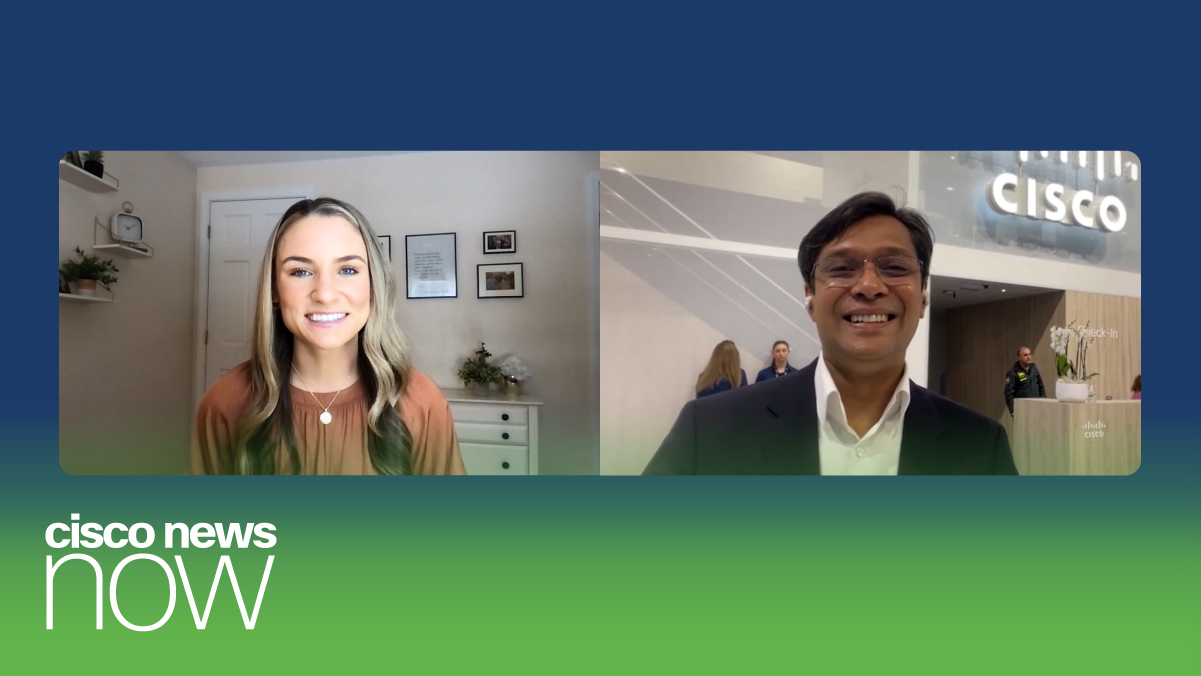TOKYO, Japan - April 10, 2003 - Cisco Systems, Inc.,(NASDAQ: CSCO) today announced that, Mizuho Corporate Bank would create a large-scale high-speed optical network utilizing dark fiber. Mizuho controls a capital of 710 billion yen and was created through the merger of three of Japan's leading banks.
By adding the latest technology provided by dark fiber and Cisco's ONS15454 optical product to the existing frame relay and ATM network infrastructure, Mizuho is able to secure a backbone bandwidth of 2.4Gbps while also greatly reducing its line cost and operating cost. Furthermore, this move also makes possible the creation of next generation IT infrastructure that not only handles a variety of data application, but also new IP applications such as IP Telephony. This new communications infrastructure also makes it easy for Mizuho employees to change offices, but keep the same extension number.
"Cisco ONS 15454" is a multi service optical platform adopted by more than 1,000 telecommunication carriers and companies all over the world. It provides the solution for integrating optical and IP which has flexibility applicable to all topologies such as ring/mesh and good scalability based on 10G and DWDM.
The environment surrounding the finance industry changed rapidly between 1990 and 2002 with the financial big bang and a series of mergers resulting in mega-banks. The foreboding image of the main branch that was considered necessary to gain the confidence of business customers no longer suits the present situation, with the style of business required changing from the conventional one based out of branches to the mobile one involving visiting business customer offices. Records of customer information were intentionally kept using paper "for security reasons", and even in-house communication regarding customer information was all paper-based.
Recently, customers have submitted comments saying they "want information via e-mail" and "need company information on the web", and the situation has reached a point where it is necessary to change in-house communication methods to utilize IT technology such as e-mail, faxes and the web. In other words, the need to change the working style and the communication style in and out of the company as well as the pursuit of improvement in productivity have required construction of next-generation networks using IT.
For three years before the division and merger of three banks, Daiichi Kangyo Bank, Fuji Bank and the Industrial Bank of Japan, Mizuho considered adopting a high-speed leased line based network between buildings and branches in Tokyo, but the cost of leased lines was estimated to be prohibitive, ultimately preventing the plan to be brought to fruition. Amid changes in the style of communication with the wave of broadband services such as xDSL and fibre to the home (FTTH,) and the spread of mobile phones Mihuzo decided that now was the best time to expand the way it communicates with its customers. Changes to network infrastructure such as the use of dark fiber made possible by deregulation, Mihuzo also thought that a new IP network would help to minimize the disruption to its staff and business caused by the bank's various relocation moves, which started in December 2002 and which will continue until March 2004.
The use of next generation networking will be used to create the virtual head offices in five locations, as well as an Internet data center (iDC) required in order to realize the Networked Virtual Organization (NVO) advocated by Cisco. Mihuzo also plans to create a virtual sales department operating that will communicate over the network, and the company plans to take the next step in aiming to improve production by changing the work style and communication style of its customers and employees.
Technical merits
The merits of the system are as follows.
1)Realization of a high-speed optical network
Created using dark fiber, which facilitates scalability to 10Gps or more in the future.
2)Able to quickly and flexibly respond to organizational changes and projects
There is no need to change static addresses of terminals when moving offices, and by setting up a VLAN (virtual LAN) it is possible to administer user movements across multiple offices in the same segment. (This implies multiple offices divided by a WAN being combined in a network that appears to be "a single virtual office".
3)Reduction of administrative costs
There is sufficient potential for reducing administrative expenses and moving expenses, resulting in a large reduction in expenses overall. Moreover, a feature of the So-net-Ring is its good scalability, meaning there is potential for synergy created in bringing affiliates and vendors into the network by adding them to the loop.
4)Able to use applications utilizing audio and video
Communication can be greatly improved by audio (VoIP) and video sent between offices without placing stress on the network.
5)Effective in business continuity when dealing with disasters (Disaster Recovery measures)
It is possible to maintain business continuity by adding a backup office to the ring when a disaster occurs.




